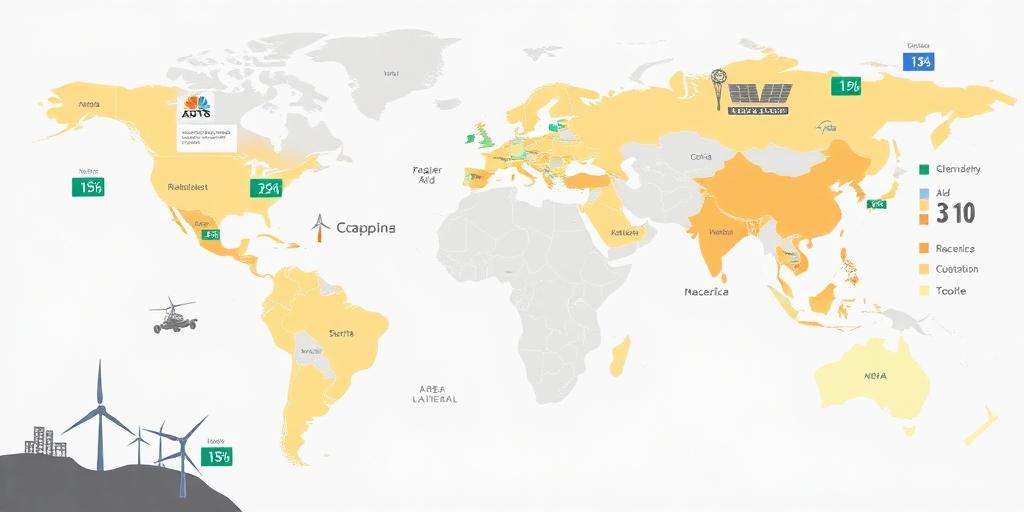Development aid is a critical mechanism for addressing global inequalities and fostering sustainable growth in developing countries. This post examines the multifaceted geographic perspectives on development aid, exploring how spatial dynamics influence aid effectiveness, distribution, and outcomes.
Understanding Development Aid
Development aid, also known as official development assistance (ODA), encompasses financial and technical assistance provided by governments and international organizations to support the economic, social, and political progress of developing countries. The allocation and impact of this aid are profoundly shaped by geographic factors.
Spatial Distribution of Aid
The spatial distribution of development aid is far from uniform. Several factors influence where aid is directed:
- Geopolitical Interests: Aid is often concentrated in countries of strategic importance to donor nations.
- Historical Ties: Former colonies or regions with established diplomatic relations may receive preferential treatment.
- Needs-Based Allocation: Countries with higher poverty rates, poorer health indicators, or greater vulnerability to climate change may be prioritized.
- Conflict Zones: Areas affected by conflict often receive aid aimed at stabilization and humanitarian relief.
Geographic Factors Affecting Aid Effectiveness
The effectiveness of development aid is contingent on various geographic considerations:
- Accessibility and Infrastructure: Remote or inaccessible regions may face challenges in receiving and utilizing aid effectively due to poor infrastructure.
- Environmental Conditions: Climate change, natural disasters, and environmental degradation can undermine development efforts and necessitate adaptation measures.
- Local Context: Understanding the socio-cultural and political landscape is crucial for tailoring aid interventions to local needs and ensuring community buy-in.
Case Studies
To illustrate the impact of geographic perspectives on development aid, consider the following case studies:
- Sub-Saharan Africa: Aid effectiveness is often hampered by weak governance, conflict, and environmental challenges. Successful interventions require a focus on building local capacity and addressing systemic issues.
- Small Island Developing States (SIDS): SIDS face unique vulnerabilities due to their small size, remoteness, and exposure to climate change. Aid efforts must prioritize climate resilience, sustainable development, and diversification of economies.
- Southeast Asia: Rapid economic growth in some Southeast Asian countries has reduced reliance on aid, but disparities persist within and between countries. Aid should focus on promoting inclusive growth, reducing inequality, and addressing environmental sustainability.
Strategies for Optimizing Aid
To enhance the geographic relevance and effectiveness of development aid, consider these strategies:
- Spatial Analysis: Use geographic information systems (GIS) and spatial analysis techniques to identify areas of greatest need and target interventions accordingly.
- Community Engagement: Engage local communities in the planning and implementation of aid projects to ensure relevance and ownership.
- Adaptive Approaches: Adopt flexible and adaptive approaches that can respond to changing circumstances and emerging challenges.
By integrating geographic perspectives into development aid strategies, we can improve the allocation, effectiveness, and sustainability of aid interventions, ultimately contributing to a more equitable and prosperous world.









